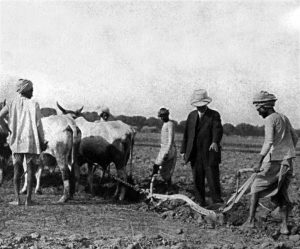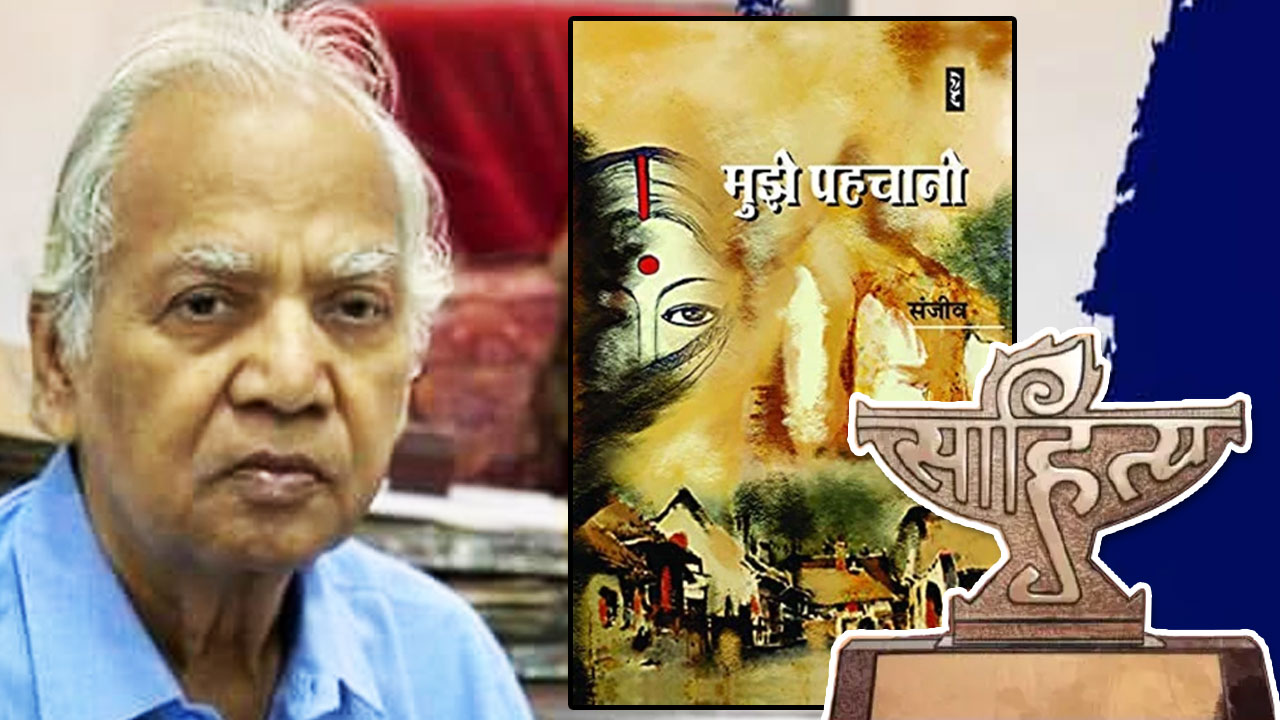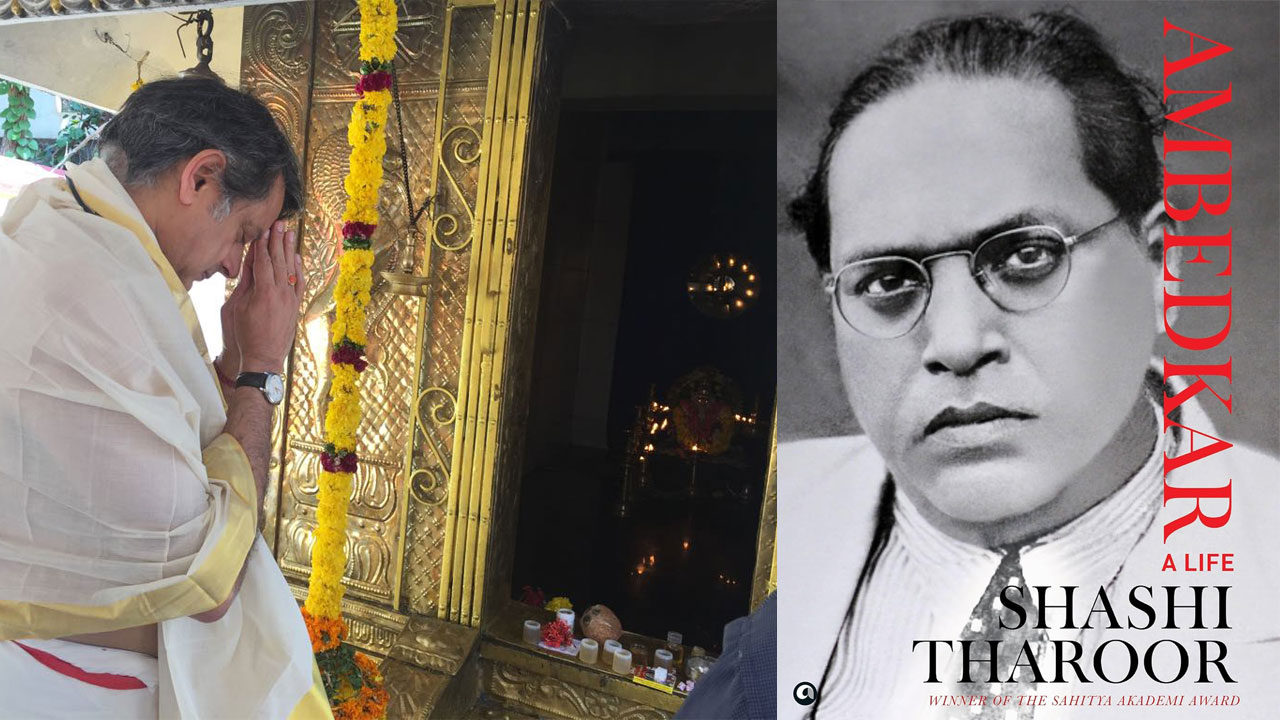Some Indians, including some Dalit thinkers, believe that modern India’s problem is that theBritish came too late and left too early. They needed more time to transform our fatalistic worldview, venal character and oppressive culture. Such thinkers assume that it was the British that turned stagnant India into a developing nation. One of England’s greatest 19th-century historians, Lord Thomas Babington Macaulay, would disagree.
In his classic essay on Robert Clive who began Bengal’s colonization, Macaulay described the British East India Company as a “gang of public robbers which formerly spread terror through the whole plain of Bengal”.
 The wickedness of English rulers, Macaulay lamented, was not human. It was demonic. British East India Company’s “government resembled the government of evil Genii, rather than the government of human tyrants. Even despair could not inspire the soft Bengalee to confront men of English breed … the unhappy race never attempted resistance. Sometimes they submitted in patient misery. Sometimes they fled from the white man, as their fathers had been used to fly from the Mahratta; and the palanquin of the English traveller was often carried through silent villages and towns, which the report of his approach had made desolate.” British rule would have driven the people who built Khajuraho, the Taj Mahal, and the Red Fort back into the Stone Age. It was the Bible, not Britain, that transformed us into a developing nation.
The wickedness of English rulers, Macaulay lamented, was not human. It was demonic. British East India Company’s “government resembled the government of evil Genii, rather than the government of human tyrants. Even despair could not inspire the soft Bengalee to confront men of English breed … the unhappy race never attempted resistance. Sometimes they submitted in patient misery. Sometimes they fled from the white man, as their fathers had been used to fly from the Mahratta; and the palanquin of the English traveller was often carried through silent villages and towns, which the report of his approach had made desolate.” British rule would have driven the people who built Khajuraho, the Taj Mahal, and the Red Fort back into the Stone Age. It was the Bible, not Britain, that transformed us into a developing nation.
Pre-British India: A Stagnant Civilization?
The Iron Pillar at the Qutb complex at Mehrauli in Delhi is one of the greatest achievements of Indian technology and craftsmanship. Built in the 4th century AD, this 26-foot-high pillar has remained free of rust for over 15 centuries. The pillar proves that ancient India had vastly superior technology than the ancient West. Historian R. S. Sharma comments: “It was impossible to produce such a pillar in any iron foundry in the West until about a century ago. It is a pity that the later Indian craftsmen could not develop this knowledge further.” (India’s Ancient Pastp. 248) Sharma does not explain why “this knowledge” was not
developed, especially, as he notes that iron ploughshares were used in India, while Europe was still using wooden ones.
Why couldn’t such technological expertise make us a great nation? In his novel Untouchable, Mulk Raj Anand expresses a naïve faith that technology will remove filth from Indian cities and villages. Technology is indeed effective. But culture can and does trump technology. It takes humility to acknowledge that our
culture and religious ideas which shaped it have prevented technology from transforming our nation.
As I write this piece, I am looking at the Yamuna River through my window. My deemed university, Sam
Higginbottom Institute of Agriculture, Technology, and Sciences, is in Allahabad, a city situated between two of our greatest, perennial and ‘holy’ rivers, Ganges and Yamuna. Plenty of technology is available to pump and supply water into every home as well as to wash our streets. Why then does Allahabad suffer from chronic water shortage and remain filthy?
Many were shocked when the BJP’s prime-ministerial candidate, Narendra Modi, suggested to IAS officers in Gujarat that sweeping had to be seen as a divine obligation/mission assigned to a particular caste. They would have been sympathetic to Mr Modi, had they considered Mahatma Gandhi’s domestic conflicts over cleaning his ashram’s toilets. What actually keeps India so filthy is our inner culture.
My first visit to Khajuraho, in 1976, helped me realize that technology and skills do not result in development by themselves. Whatever you think of the spirituality that inspired Khajuraho’s erotic sculpture, you have to appreciate their architectural, engineering and aesthetic achievements. Much more than the religious pornography, what repulsed me was the fact that village folk, whose ancestors built those stone temples, had continued living in mud huts until the 1970s. Planeloads of tourists came every day. Five-star hotels were being built in the mid-1970s. Yet, the masses had continued to live in mud huts that had remained unchanged for over one thousand years. That was irrefutable evidence that Hinduism had stifled creativity. It had made our civilization, a so-called “glorious way of life”, stagnant, moribund.
From Fatalism to Hope
More than knowledge and technology, development needs a secure and forward-looking socio-economic
environment. The Jews were slaves in Egypt, when God’s word fired their hearts with hope. Their expectation of a better tomorrow, of being delivered from slavery and inheriting a land flowing with milk and honey depended on a living God who acts in history to save those who call upon Him. Moses’ hope of delivering slaves rested on God’s word which he could count upon as reliable.

God’s promise in the Bible that He would bless all the nations through Abraham’s spiritual descendants inspired Sam Higginbottom, a professor of economics in Ewing Christian College (1903–09), across the river from my window. His profession was to teach modern economics, but his mission was to transform India’s economy. His direct encounter with our culture convinced him that American economic theories were inadequate to meet India’s deeper, cultural needs:
“But what good, [the poor farmers in Allahabad] asked, would the better farming do them? The more they produced, the more would be exacted illegally from them. There was the landlord or his agent. There was the patwari, a notorious government official who kept records of land ownership and tenancy, and of the crops produced, with the area under each crop, and reports of the number of fields, wells and trees in the village. Frequently, for sufficient inducement the record was changed in favour of the landlord and against the tenant. Then there were the police, the revenue department which collected the taxes and, last but not least, the moneylender who left to his debtors not more than just enough to live on and sometimes not even that.” (Sam Higginbottom, Farmer: An Autobiography, p.71)
Corruption of petty officials, all Indians, exploiting fellow Indians, was a problem. But dealing with that problem was the easiest. Handling the covetousness of unscrupulous money-lenders and the fatalistic mindset of the exploited was much harder.
“As I talked with the villagers around the wells, I was oppressed with a sense of their poverty. From the cradle to the grave many of them were under-fed and under-nourished, never knowing what it was to enjoy a good square meal. We suggested that there might be some means of amelioration. But most of them were victims of fatalism. They were sure they were being punished for wrong they had done after some previous birth nor did they see how anything could be done about it in this present incarnation. Of what use was it to fight against God? God always got the better of you. The farmers were fatalistic and nothing is more deadly to progress than fatalism, for it cuts the very nerve of all effort. ” (p.75; emphasis mine)
In case you are tempted to dismiss this word-portrait of North India as an American missionary’s attempt to condemn our culture, please read the classic, Godan, by his contemporary, Premchand. Premchand portrayed peasants’ predicament much more powerfully than Higginbottom:
“They all suffered. The peasant moved about, worked, wept and put up with oppression without a murmur, as if to suffer was part of his destiny. He had neither hope, nor great joy, as if the wellsprings of his life had permanently dried up. He saw no future ahead of him; his sensibility had incurably dulled. Heaps of garbage lay near his door, exuding stench; he neither saw nor was offended. He ate without relish, like a machine gulping down coal; anything which stuffed his belly was good enough for him. He would turn dishonest for
a pice and fight for a handful of grain; his degradation was so terribly complete that he often made no distinction between shame and honour.”
Sam Higginbottom realized that India needed more than modern economic theories. So, he went back to America to study agriculture, and returned as an agricultural educator. He articulated his message in The Gospel and the Plough.
Published in the June 2014 issue of the Forward Press magazine
Based in New Delhi, India, ForwardPress.in and Forward Press Books shed light on the widespread problems as well as the finer aspects of Bahujan (Dalit, OBC, Adivasi, Nomadic, Pasmanda) society, literature, culture and politics. Next on the publication schedule is a book on Dr Ambedkar’s multifaceted personality. To book a copy in advance, contact The Marginalised Prakashan, IGNOU Road, Delhi. Mobile: +919968527911.
For more information on Forward Press Books, write to us: info@forwardmagazine.in





